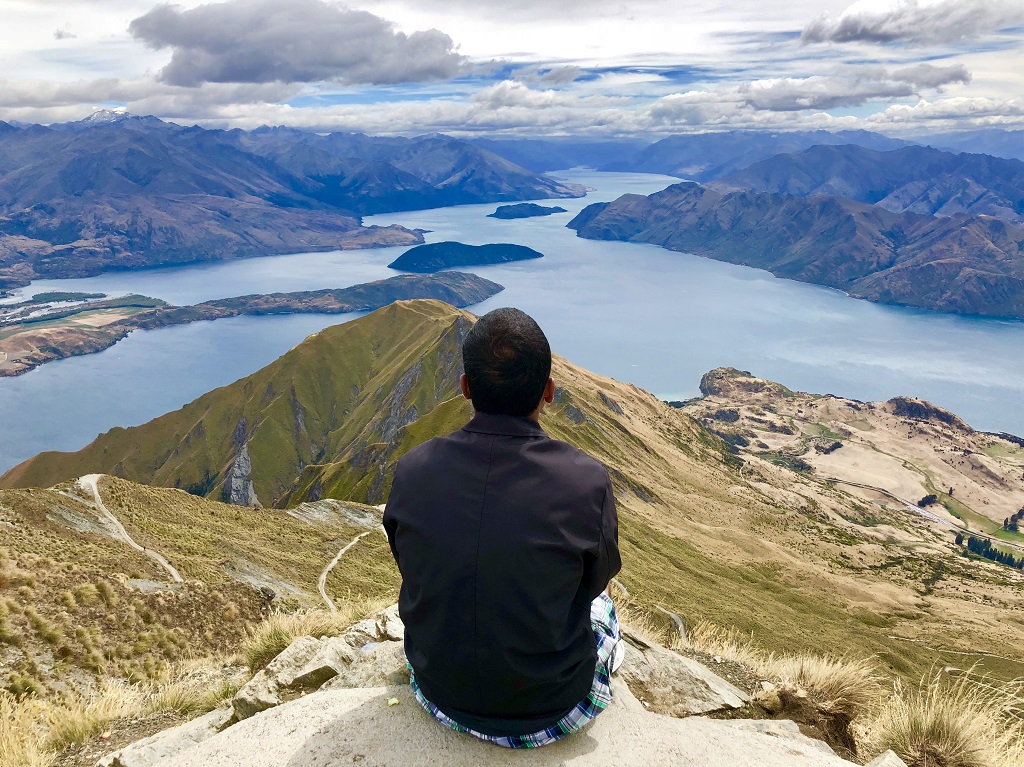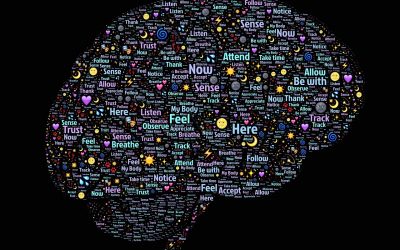The Connection between Silence and Solitude
A close friend of mine and I were discussing how disconnected many of us are in the so-called “connected” world today.
Over time, personal possessions, social amenities, and scientific knowledge have increased tremendously. However, somehow the world today is suffering from an epidemic of depression, anxiety, and distress.
Numbers don’t lie — year after year, these statistics continue to worsen and paint a progressively bleaker picture of our reality.
People have never been as disconnected and unhappy from themselves (and therefore from others) as they are in today’s world.
The big question is — what’s the primary cause behind this colossal disconnect?
Before I answer that let me ask a question — would we buy a house after simply looking from the outside?
Of course not! We would want to go inside and make sure the inside of the house is in good condition before making a decision.
How about we order a dish that looks great on the menu but when we taste it falls flat. Would we order it again?
Obviously no!
Why not?
It’s because, in either of the above or similar circumstances, we value the integrity and quality of state in the inside at least equal, if not more than the outside.
Alas, when it comes to the way we (at least a vast majority of us) are living our lives today, we are too focused on valuing and fixing our exterior rather than exploring, learning and appreciating our interior.
We live in a world, where it’s easier than ever before to feel the temptation and urge to gain the outer world however, in the process many of us are losing and forgetting our inner-world.
Unfortunately, the majority of us today depend on the outside world’s view and approval of others around us to feel happy and alive. Ultimately, this way of living separates us from our true sense of happiness and fulfillment. This is the primary reason behind, why despite having everything externally many of us are living an utterly exhausting, dissatisfying and unhappy life.
Regardless of the vastness of our external achievements, there will always be that sense of void and restlessness, when our inner voice goes unheard. I believe it’s impossible to feel the ultimate joy of contentment and spiritual peace without accepting and uniting with our true inner-self.
So, how do we dive into the depth of our soul? How do we feel truly happy? How do we feel alive not just physically but also emotionally and spiritually?
The answer is by embracing the presence and grace of “silence and solitude.”
Before understanding how silence and solitude are connected together, let’s understand silence and solitude individually first.
What is silence?
What comes to our mind when you hear the word silence? It’s very likely related to the physical definition of silence, which is the absence of external sound and not to speak or mutter words.
In reality, silence has a deeper meaning than above.
Under the depth of the spiritual paradigm, silence is the foundation from which the entire cosmos originated. Silence is the basis of the cosmic sound “Aum,” from which all sounds originate.
Silence is about being in a state, where one is in touch with their inner-self. Silence is about preserving our inner-core calm in the midst of the storm of our day-to-day existence.
Experiencing silence requires disconnecting from outside stimuli. In silence the only stimulus one attends is what’s created inwardly. Whether it may be simply observing our thoughts or, submerging ourselves in the depth of our soul and its infinite wisdom.
Although many people may think that silence means being physically quiet and they can still read a book or do other things. In reality, under the paradigm of spiritual silence, consumption of outside thoughts and words through reading is also prohibited.
Let’s think about it, how can one be in silence and have the ability to look inward, while he/she is busy observing and listening (through reading) the writer’s (outside source) thoughts?
Additionally, while journaling our thoughts may appear a violation under this paradigm, it’s actually not. The reason being, we are simply articling our inward thoughts and not entertaining any external stimuli.
Think of a time, when you spent some time alone in nature. I am willing to bet despite the presence of nature’s sound around you, you found yourself deeply connected with your own thoughts, inner feelings, and emotions. That is an example of being in the presence of spiritual silence.
Now, if you were simply journaling this experience, does that make any difference at all in what you were experiencing? Of course not!
In summary, silence is the absence of any incongruence between the mind, body, and soul.
What is solitude?
What picture comes to your mind when you hear the word “solitude?”
Is it something along the lines of a picture of a human in a middle of nowhere or perhaps an isolated hut or a lone tent on a mountain peak or a monk sitting alone in deep meditation?
It is very common for many of us to associate solitude with “physical isolation and stillness” however, contrary to this popular belief, it’s not an absolute condition needed to connect with solitude.
Even in the midst of daily busyness, is it not possible to retract inwardly?
I am sure we all can think of not one but multiple instances, where we have been so immersed in our thoughts or doing something that we lost track of everything happening around us. This is a very practical example that we all can relate to when it comes to retracting inwards in the midst of daily busyness and noise.
Consider this, monks and yogis live at ashrams with a large number of other monks and yogis. They perform most of their day-to-day activities and rituals together with other fellow monks and yogis but yet live solitary lives. There are monks and yogis who live outside of the disciple of ashram boundaries and as part of our regular society and yet are able to tap into the power of solitude at their will in the midst of outside noise and chaos.
Of course, I recognize average humans (at least at the start) can’t tune into solitude at their will as many monks and yogis can however, the point here is “the presence of physical isolation and stillness” is not an absolute requirement of solitude. That said, the presence of physical isolation and stillness will certainly help to enhance solitude and is encouraged at the beginning.
Henry David Thoreau summarized it beautifully — “Solitude is not measured by the miles of space that intervene between a man and his fellows. The really diligent student in one of the crowded hives of a college is as solitary as a dervish in a desert.”
As a word of caution, solitude is very different than loneliness. In solitude, we purposefully detach ourselves from what’s happening around us to go within, while in loneliness we detach against our will. Additionally, loneliness is driven by emotions (negative) while, solitude is driven by a rational and positive state of mind.
Also read: How to Practice Silence and Solitude?
So, how are silence and solitude connected?
While silence and solitude can exist independently and do not require each other’s presence however, they indeed complement each other really well.
Moving outside of the daily demands and chaos of life, towards a silent environment will certainly ease our immersion in solitude. Connecting with solitude in the middle of a crowd will require a lot of mental effort and practice. Conversely, out alone in the woods, nature or other environments where one is away from crowd and noise will require far less effort to connect with solitude.
Looking at it from the other side, in a physically isolated environment, it will be relatively easier to find and be in silence than most of our normal day-to-day busy city environment.
The point here is silence and solitude in many ways go hand-in-hand with each other. Although, fundamentally silence and solitude can be separated and can independently exist, practically they are inseparable.
It’s worth noting, the practice of “silence and solitude”goes way back to ancient times. Its roots are deep and can be found in many primeval spiritual teachings. It’s a furnace of transformation that can truly transform today’s widely dissatisfied, unhappy, stressed and unfulfilled human population and guide them towards the path of peace, happiness, and fulfillment.
Namaste.



